
Are you a parent looking for ways to support your young reader at home? Look no further! A phonics cheat sheet for parents is an invaluable resource that breaks down the essential components of phonics, providing you with the tools you need to guide your child on their reading journey.
This blog post will outline the benefits of using a phonics cheat sheet and how it can simplify the process of teaching your child to read.
It also includes an actual cheat sheet that you can use with your little one today.
Understanding the long and short vowels rules is crucial for your child’s reading development.
A phonics cheat sheet for parents will outline these rules in a clear and concise manner, making it easy for you to teach your child the difference between short and long vowel sounds.
By grasping these fundamental concepts, your child will be better equipped to decode words and develop their reading fluency.
Additionally, our phonics cheat sheet for parents will cover essential phonics elements such as blends, digraphs, and word families, further strengthening your child’s reading foundation.
This is an indispensable tool for fostering your child’s reading skills.
By providing you with an overview of long and short vowels rules and other essential phonics concepts, a cheat sheet empowers you to effectively support your child’s reading progress at home.
So, don’t wait any longer; keep reading, and watch your child’s reading abilities soar!
*This post contains affiliate links.
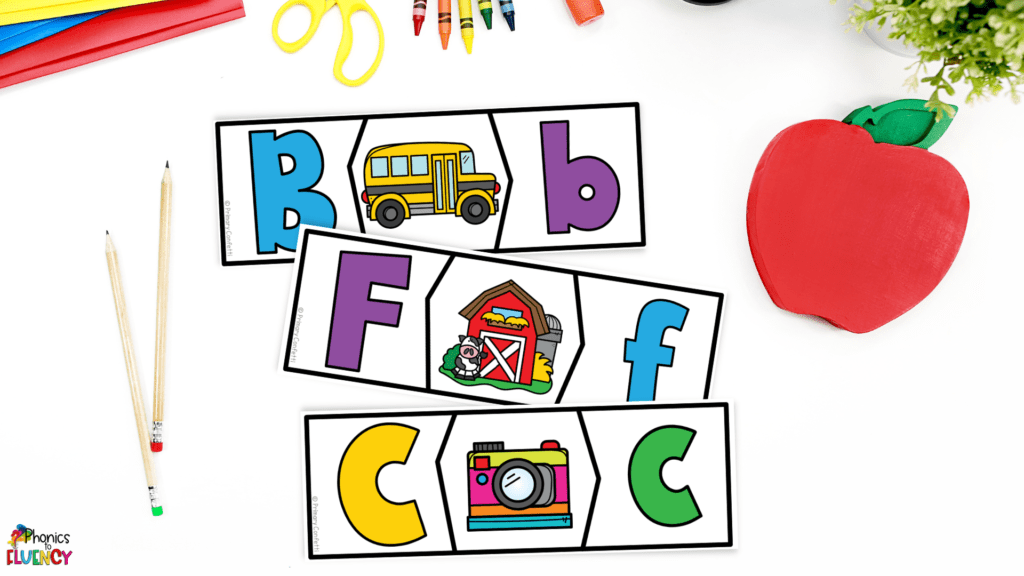
Phonics is a method for teaching reading and writing by developing learners’ phonemic awareness – the ability to hear, identify, and manipulate the individual sounds (phonemes) in spoken words.
This cheat sheet will provide you with the basic phonics concepts to support your child when they read at home.
These are the individual sounds each letter makes.
Encourage your child to recognize and say the sound each letter makes.
a – /a/ as in apple
b – /b/ as in bat
c – /k/ as in cat
d – /d/ as in dog
e – /e/ as in egg
f – /f/ as in fish
g – /g/ as in goat
h – /h/ as in hat
i – /i/ as in igloo
j – /j/ as in jam
k – /k/ as in kite
l – /l/ as in lion
m – /m/ as in mouse
n – /n/ as in nest
o – /o/ as in octopus
p – /p/ as in pig
q – /kw/ as in queen
r – /r/ as in rabbit
s – /s/ as in snake
t – /t/ as in turtle
u – /u/ as in umbrella
v – /v/ as in van
w – /w/ as in whale
x – /ks/ as in box
y – /y/ as in yo-yo
z – /z/ as in zebra
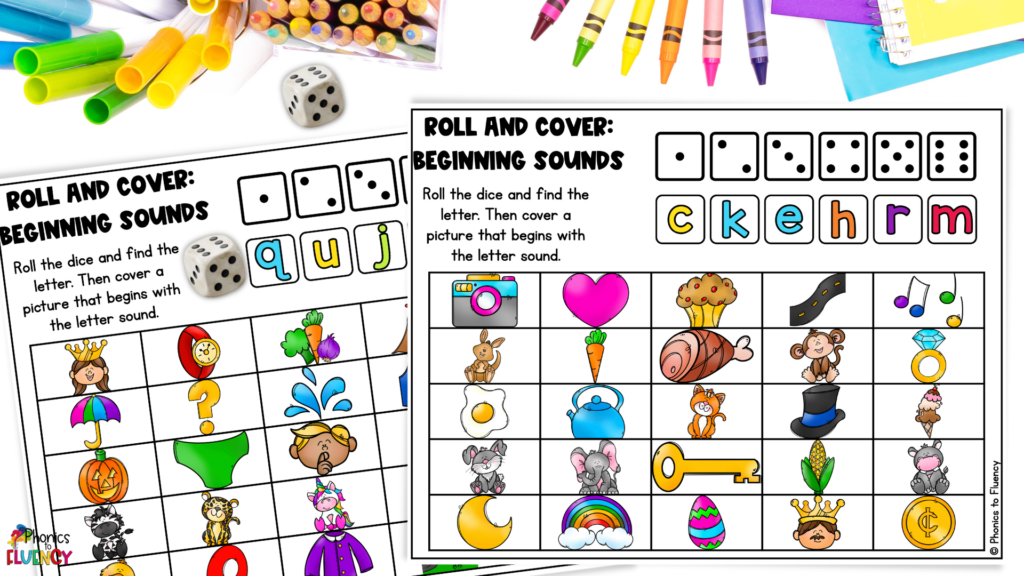
Short vowels are the sounds made by the vowels a, e, i, o, and u when they do not make their long vowel sounds.
a – /a/ as in cat
e – /e/ as in bed
i – /i/ as in sit
o – /o/ as in pot
u – /u/ as in hut
Long vowels are the sounds made by the vowels a, e, i, o, and u when they say their own names.
a – /ay/ as in cake
e – /ee/ as in feet
i – /eye/ as in kite
o – /o/ as in boat
u – /you/ as in cube
Blends are two or more consonants that are combined, but each sound is still heard.
bl – as in blue
br – as in bread
cl – as in clock
cr – as in crab
dr – as in drum
fl – as in flower
fr – as in frog
gl – as in glue
gr – as in grass
pl – as in plane
pr – as in price
sk – as in skate
sl – as in sleep
sm – as in small
sn – as in snake
sp – as in spider
st – as in star
sw – as in swim
tr – as in tree
Digraphs are two letters that together create a single sound.
ch – as in chair
sh – as in shoe
th – as in thumb (voiceless) / this (voiced)
wh – as in whale
ph – as in phone
ck – as in duck
ng – as in sing
qu – as in queen
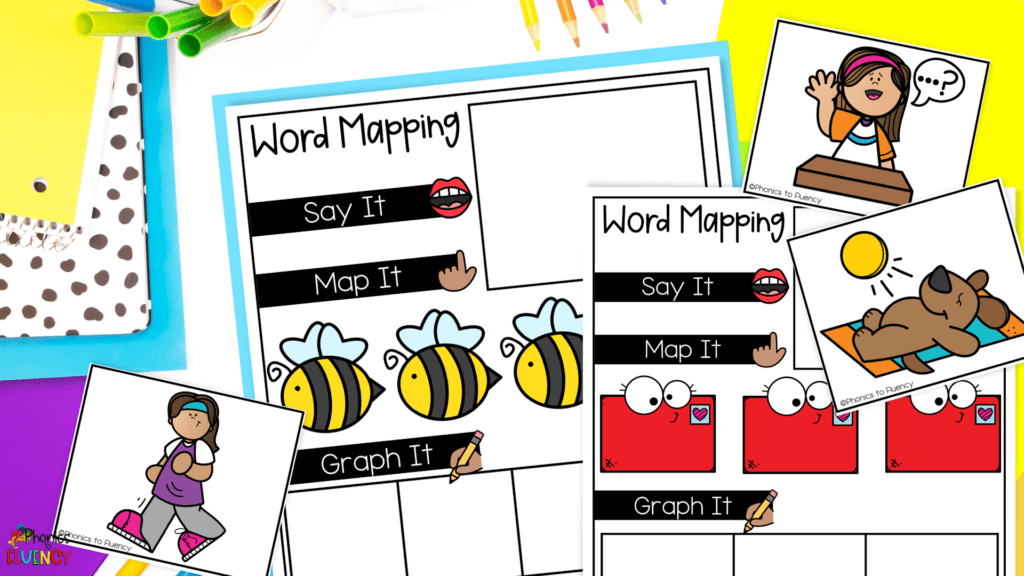
Word families are groups of words that share a common pattern or combination of letters. Learning word families helps children recognize patterns in words and improve their decoding skills.
-at: cat, hat, rat, mat, sat
-ig: pig, wig, dig, big, fig
-og: dog, log, frog, jog, fog
-ug: bug, hug, rug, mug, jug
Encourage your child to recognize and come up with words that rhyme. Rhyming helps children identify word families and develop their phonemic awareness.
Examples:
cat, hat, bat
dog, log, frog
Help your child learn to break words into smaller parts, or syllables. This will help them read longer words more easily.
Examples:
el-e-phant (3 syllables)
cat-er-pil-lar (4 syllables)
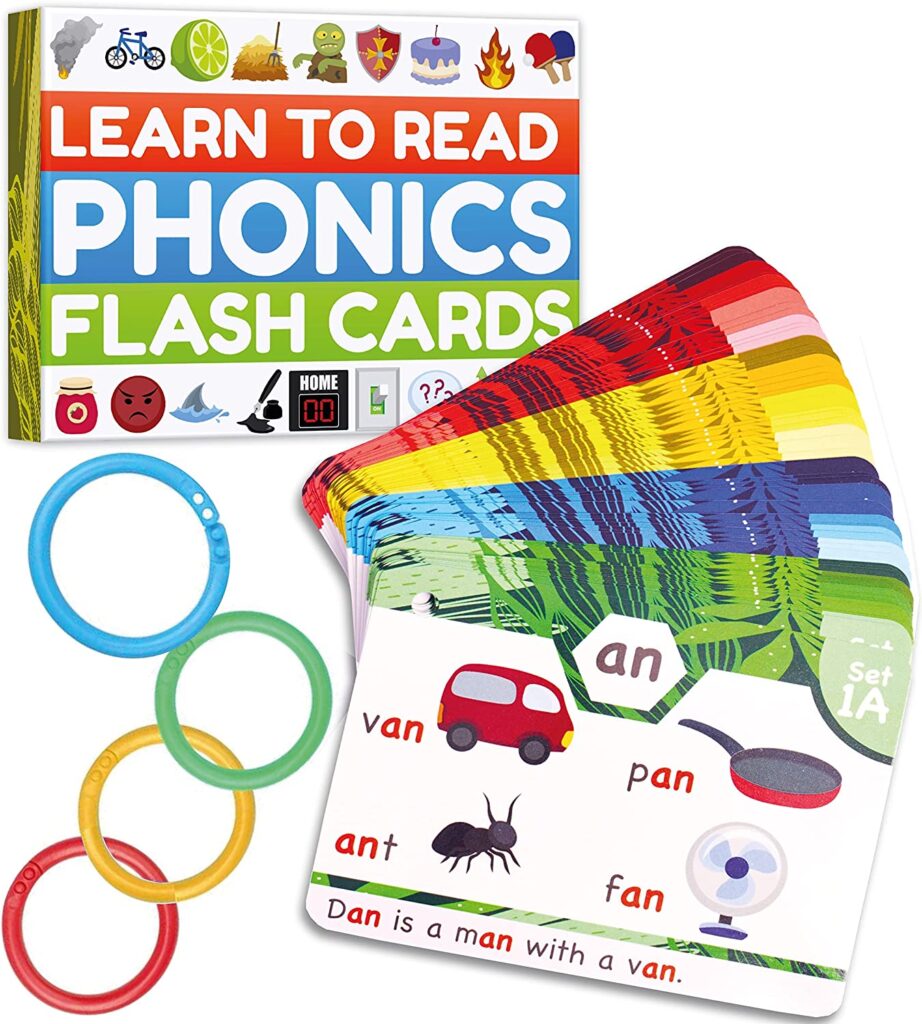
Create flashcards for letter sounds, blends, and digraphs. Practice with your child regularly to help them recognize and remember these sounds.
Sound Matching:
Place a variety of objects or pictures on a table. Ask your child to find items that start with the same sound.
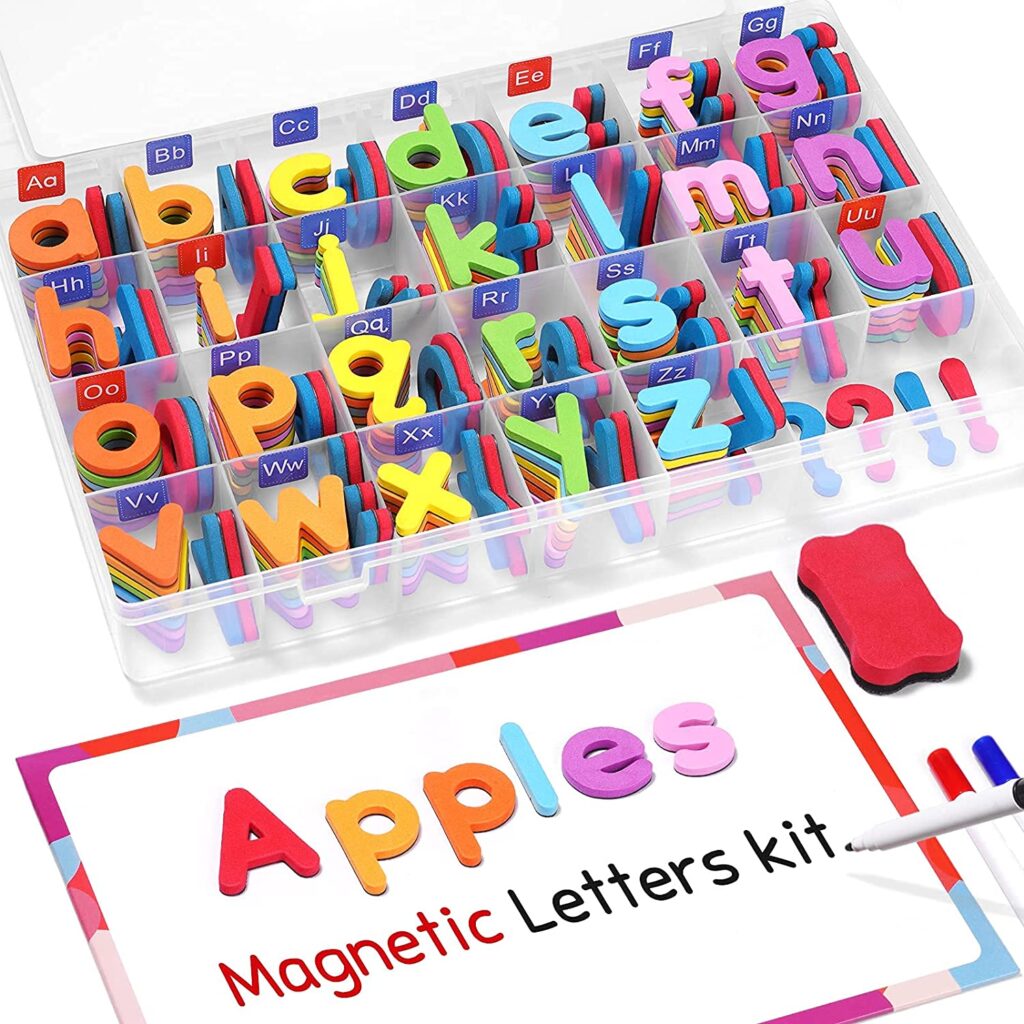
Use magnetic letters or letter tiles to help your child practice building words. Start with simple words and gradually increase the difficulty.
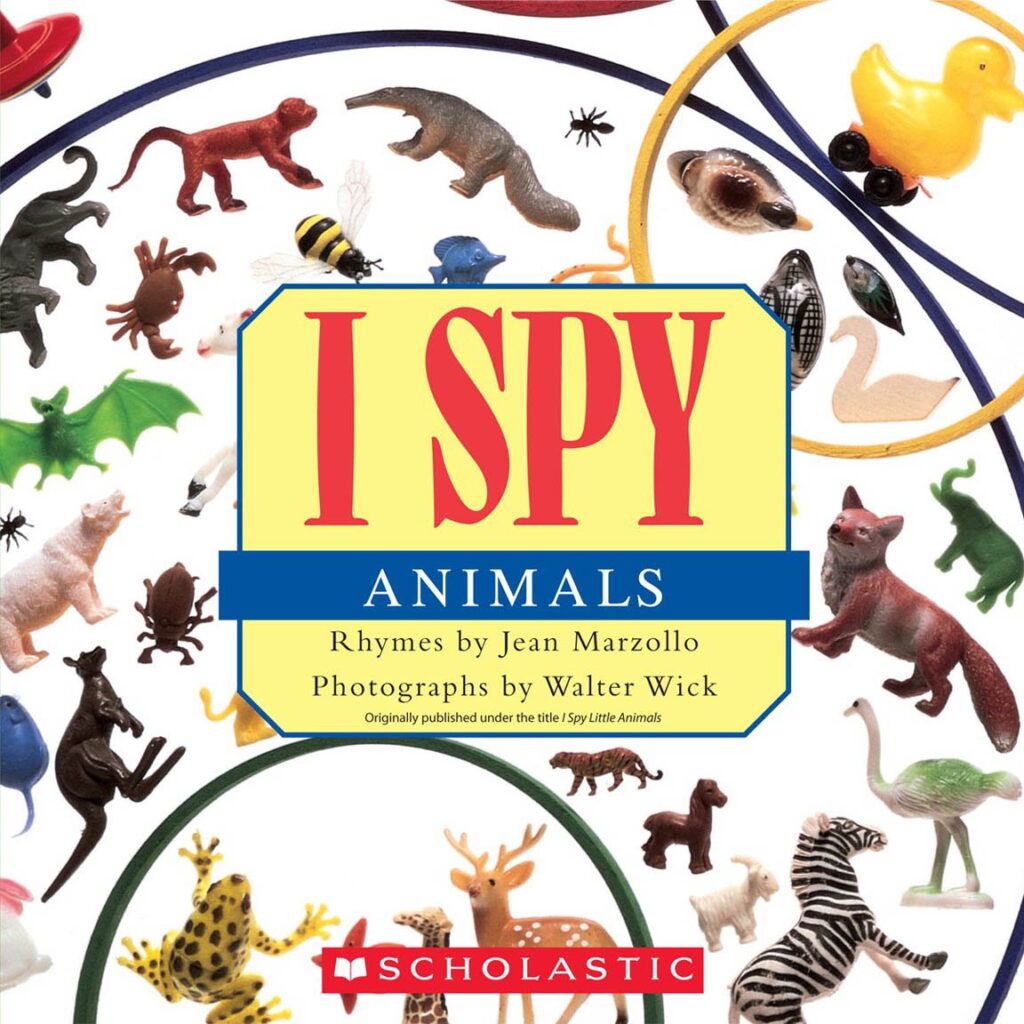
Play “I Spy” using letter sounds or words with specific phonics patterns (e.g., “I spy something that starts with the /s/ sound” or “I spy a word that ends with -at”).
There are many apps and online games available that focus on phonics skills.
These can be a fun way for your child to practice their skills and reinforce what they’ve learned.
Always remember to praise your child’s efforts and progress.
Your encouragement and support will go a long way in helping them become confident readers.
XO, Kisha

Phonics to Fluency

It brings me so much joy creating high-quality, hands-on, research based Literacy and Math resources that are both engaging for students and save YOU time!

Let me give you some time back!
Just tell me where to send them…
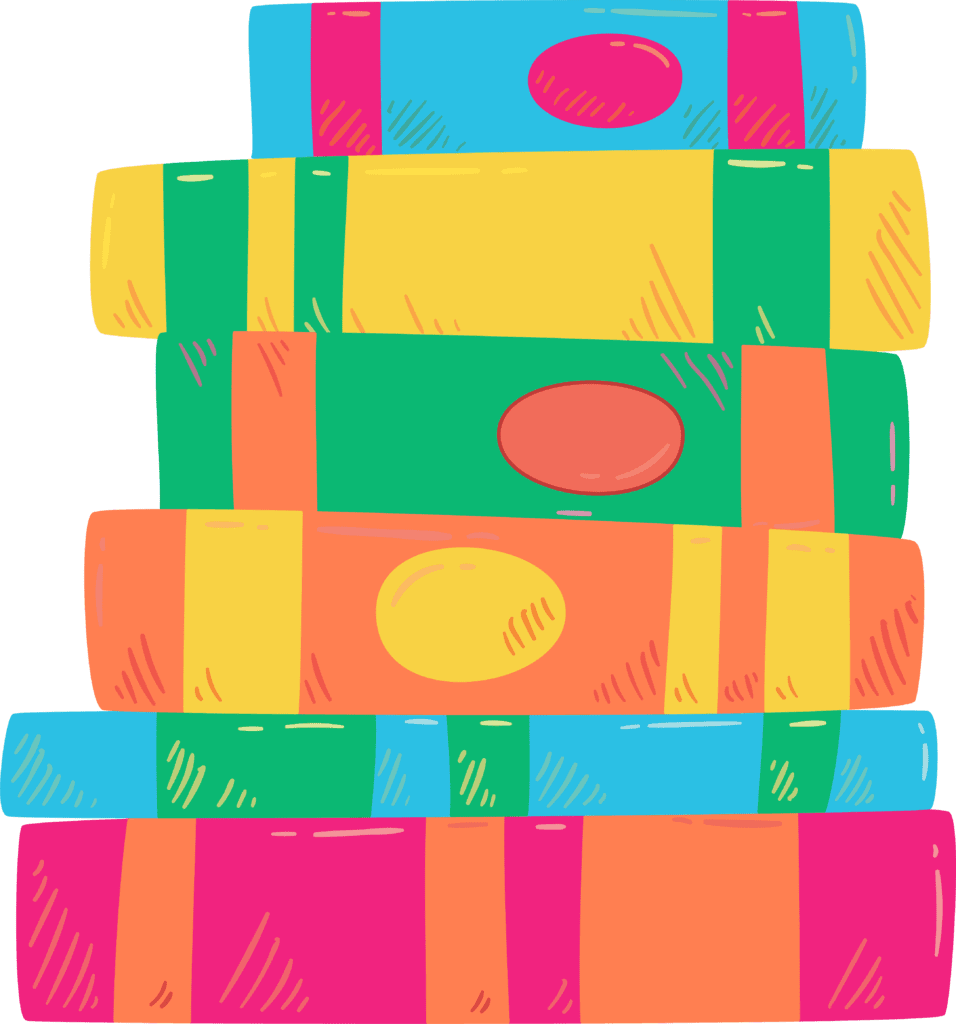

I’d love to connect and get to know more about you!
Join the Phonics to Fluency community and connect, collaborate, and grow alongside other dedicated K-1 teachers and homeschool parents in our exclusive Facebook group.
© 2023 PHONICS TO FLUENCY | ALL RIGHTS RESERVED | SITE DESIGN BY AMY REIS CREATIVE
Subscribe to get a coupon code for 15% off your first purchase. PLUS receive regular updates and offers in the Phonics to Fluency newsletter,